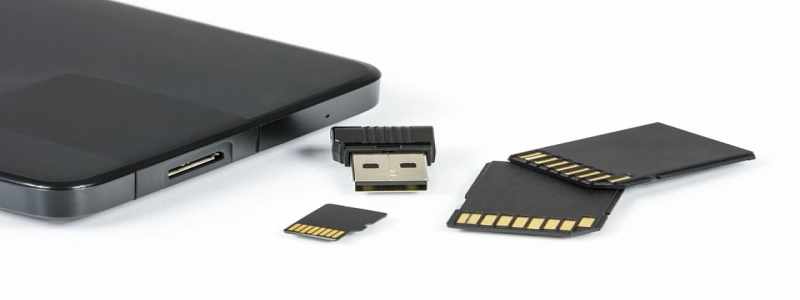SFP to Ethernet
Introduction:
In this article, we will discuss the concept of SFP to Ethernet conversion. We will explore the different aspects of this technology, including its definition, benefits, and the process involved in converting SFP to Ethernet.
I. Definition of SFP:
SFP, short for Small Form-factor Pluggable, is a compact, hot-pluggable transceiver commonly used in networking applications. It is a versatile and cost-effective solution for connecting switches, routers, and other networking devices.
II. Definition of Ethernet:
Ethernet is a popular networking technology that provides a method for devices to communicate with each other through a local area network (LAN). It is widely used in both home and enterprise environments.
III. Benefits of SFP to Ethernet Conversion:
1. Flexibility: SFP to Ethernet conversion allows for flexible deployment and connection options. It enables devices equipped with SFP ports to connect to Ethernet networks, expanding their compatibility and reach.
2. Cost-effectiveness: Instead of replacing existing networking equipment with Ethernet-capable devices, SFP to Ethernet conversion provides a more cost-effective solution. By utilizing SFP transceivers and converters, organizations can save on equipment costs and continue to leverage their existing networking infrastructure.
3. Seamless integration: SFP to Ethernet conversion enables a smooth integration of SFP-based devices into Ethernet networks. This eliminates the need for significant network infrastructure changes and helps organizations maintain optimal performance and reliability.
IV. Process of SFP to Ethernet Conversion:
1. Identify the SFP port: Locate and identify the SFP port on the networking device that needs to be converted to Ethernet. This may be a switch, router, or other network device with an SFP slot.
2. Choose an SFP to Ethernet converter: Select an appropriate SFP to Ethernet converter based on the specific requirements of the network. Consider factors such as data transfer speed, compatibility, and power consumption.
3. Install the converter: Connect the SFP to Ethernet converter to the SFP port on the networking device. Ensure a proper and secure connection to avoid any potential connectivity issues.
4. Connect the Ethernet cable: Connect one end of an Ethernet cable to the Ethernet port on the converter. Connect the other end to the Ethernet network, such as a router or switch.
5. Test and configure: Once the physical connections are established, test the connectivity and configure the networking device to recognize the SFP to Ethernet conversion. Follow the device’s instructions or consult the manufacturer’s guide for specific configuration steps.
V. Conclusion:
SFP to Ethernet conversion is a beneficial technology that brings flexibility, cost-effectiveness, and seamless integration to networking environments. By understanding the definition, benefits, and conversion process, organizations can make informed decisions and effectively utilize this technology for their networking needs.







